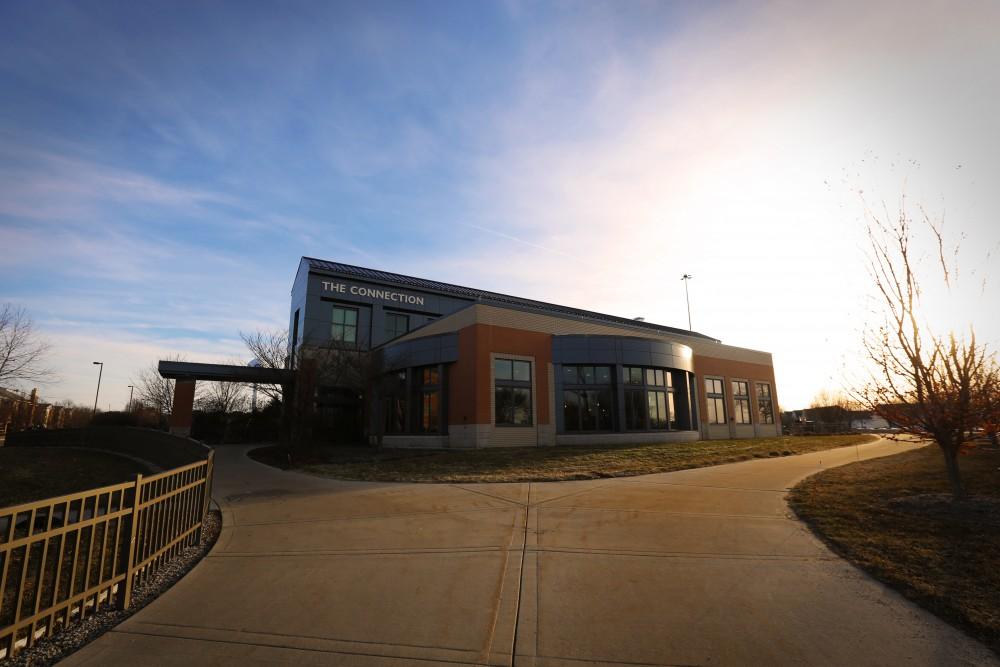Design Thinking Academy searching for applicants

GVL / Emily Frye
Mar 19, 2018
Grand Valley State University’s Design Thinking Academy is looking for applicants for the fall semester. The academy, headed by director John Berry, is looking to accept 20 new members, and at less than a year old, it has already attracted the interest of many students.
“The idea of an academy came about to see if there was interest in students who wanted to know enough about design thinking to go through the academy and meet all the requirements,” Berry said. “It is cross-curricular, so it’s not for credit, but it’s really good on your resume. It provides a set of experiences that are somewhat unique.
“There is no other undergraduate-focused design thinking academy anywhere in the U.S. There’s a graduate-level program at Stanford called the ‘d.school,’ which is also not for credit, but the students that get accepted, I will tell you: Companies vie for them when they are coming out of school.”
The Design Thinking Academy has been in the making for quite some time and is just beginning to take shape. Recently, a portion of the second level of the Connection was converted into a workspace and offices for the academy. According to Berry, through its surging popularity he learned that a semester-long commitment is not enough for participants to fully experience all that the program has to offer. So, beginning in the fall, being a part of the academy will be a year-long affair.
“The genesis of design thinking at Grand Valley was to help build experiences for students of any major to have an understanding of this collaborative process to help them be more employable when they graduate,” Berry said. “Businesses and organizations are looking for people who can function as a collaborative team and be more innovative, to be able to discover problems and then be able to solve them in a collective way.”
The program involves teams of students working closely with organizations, under the guidance of a faculty coach, to address real-world problems. Along the way, students learn skills in such areas as improvisation, storytelling and professional design—all to address professional and everyday problems from a new perspective.
“The important thing to realize about design thinking is that it’s based on empathy,” Berry said. “It’s based on really understanding another person’s needs. You’re working with others, you’re learning how others think, so you have to be open to the thought processes and ideas of others.”
Anyone is welcome to apply to the academy. According to Berry, the more majors that are present, the better.
“When looking through applications, I lean towards making sure I’m able to have a diverse representation,” he said. “The logic is, if you have a problem to solve and you give it to a room full of engineers, you’re going to get an answer that’s pretty consistent. If you take the same problem and give it to an accountant, a philosopher, a physics major and an engineer, you’re going to get a very different and most likely a much more creative and innovative solution.”
Students who have gone through the Design Thinking Academy are already seeing the positive effects of enrollment. GVSU junior and marketing major Steven Reame said that even though the program is not for credit, he values some of the skills he’s learned more than what he’s done in class.
“If you want something to better yourself, enhance your skills as a person, and have something you can take forward into a career and get a future internship or job from, I would definitely recommend this,” Reame said. “Personally, I got an internship this summer coming up with Hayworth because of the Design Thinking Academy.”
Students interested in the Design Thinking Academy can apply at www.gvsu.edu/designthinking/dta.

























